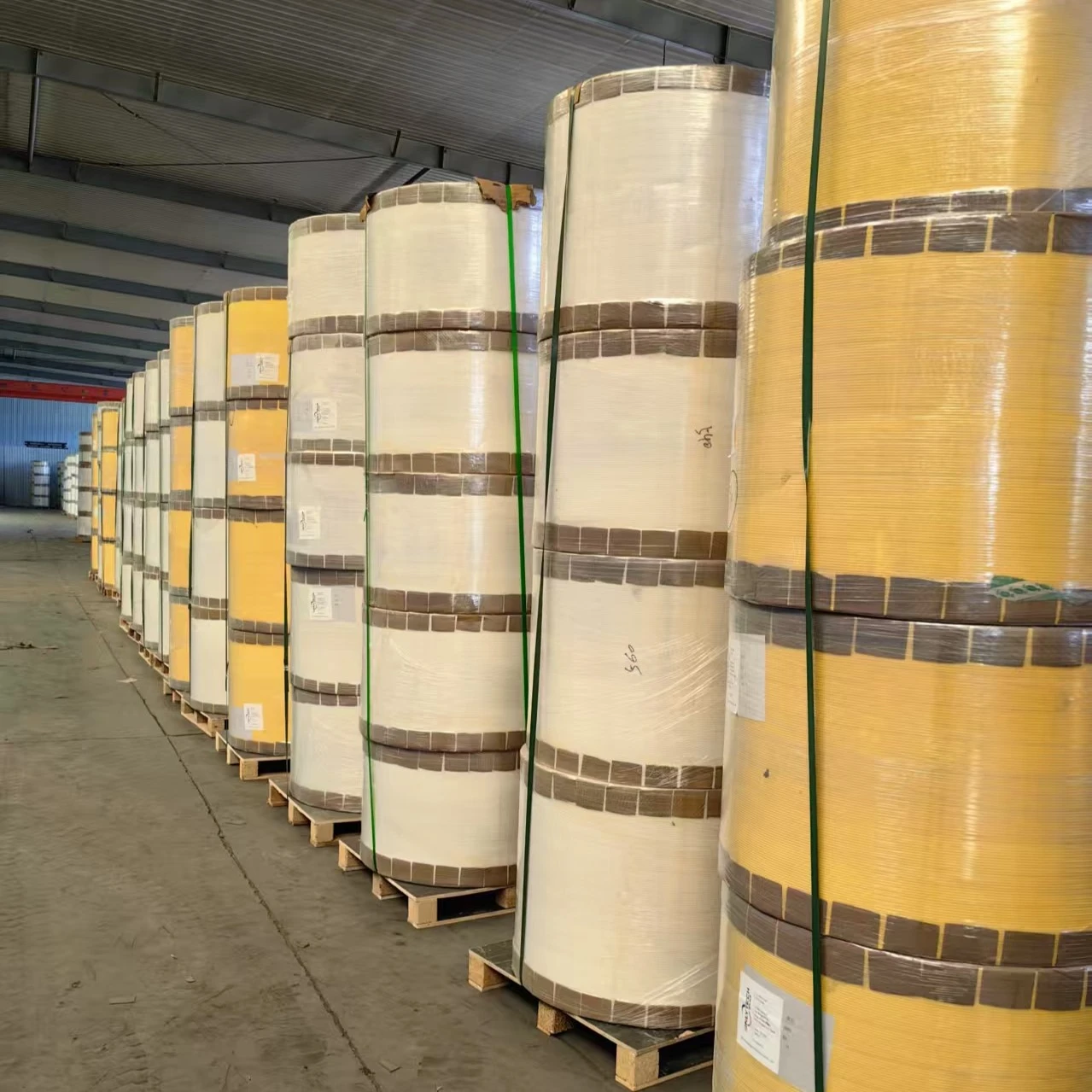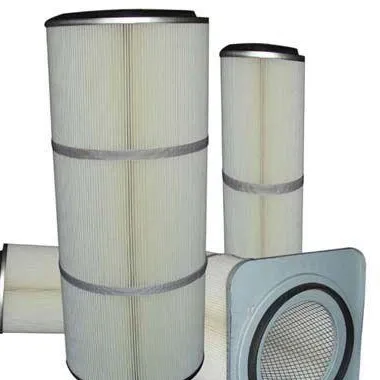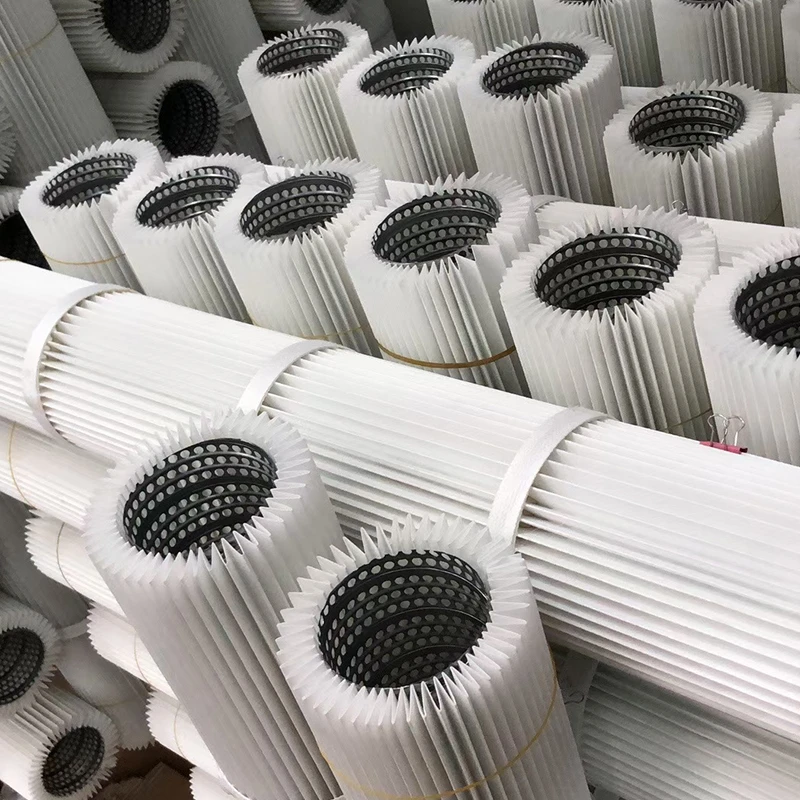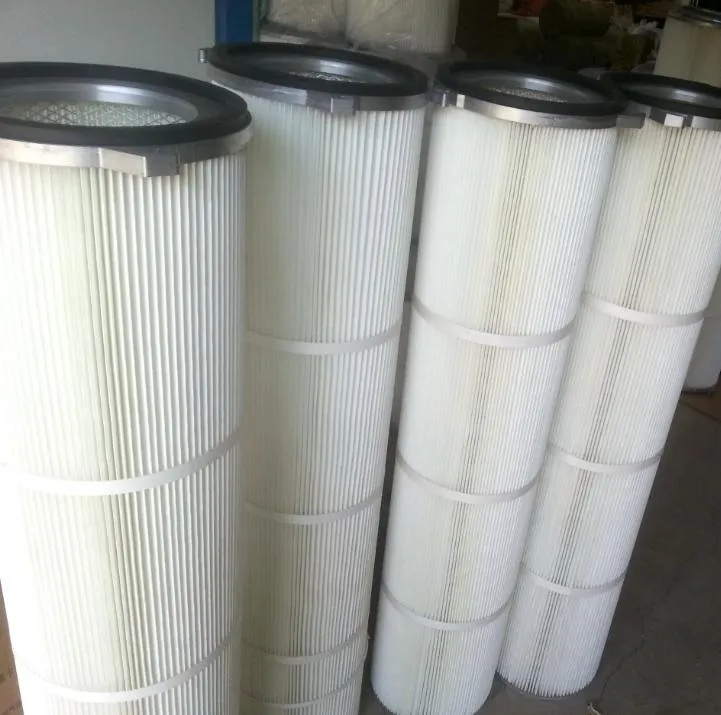 Tel:
+8615930870079
Tel:
+8615930870079
мај . 31, 2025 12:44 Back to list
High-Efficiency Dust Collector Cartridge Filters Custom & Durable Solutions
This article explores critical aspects of industrial filtration systems, covering:
- Performance metrics and operational advantages of modern filtration solutions
- Technical specifications comparison across leading manufacturers
- Supplier capabilities and material innovations
- Custom engineering approaches for specialized environments
- Implementation case studies across industries
- Maintenance protocols and efficiency optimization
- Future developments in filtration technology
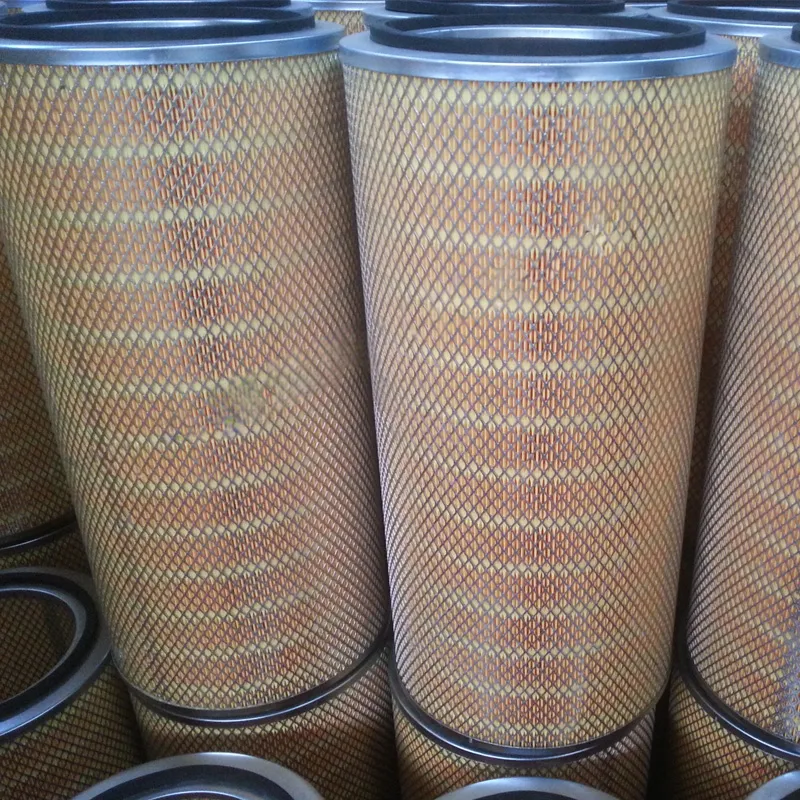
(dust collector cartridge filter)
Optimizing Air Quality with Advanced Dust Collector Cartridge Filters
Industrial operations generate approximately 1.4 billion tons of particulate matter annually according to EPA metrics. Cartridge-style filtration captures 98.7% of sub-micron particles at 0.3 microns, outperforming traditional baghouses which max out at 95% efficiency. This translates to 50% less waste disposal frequency and OSHA compliance rates 3.6x higher than alternative systems. Major manufacturing facilities implementing cartridge technology report 18-24 month ROI periods through reduced energy consumption alone.
Operational superiority comes from pleated media geometry offering 2-3x more surface area than cylindrical designs. Nano-fiber coatings applied to polyester substrates create electrostatic barriers trapping microscopic contaminants. Automated cleaning mechanisms using reverse-pulse jet technology maintain 99%+ airflow integrity throughout duty cycles, preventing the pressure drop issues plaguing older systems. These technological advancements directly address the $1.8 billion annual productivity loss attributed to particulate-related equipment downtime across US manufacturing sectors.
Engineering Advancements in Filtration Media
Contemporary membrane technologies feature gradient density structures with progressively tighter fiber matrices. Base layers utilize 150-200gsm spunbond polyester for load-bearing capacity, while middle transition layers incorporate proprietary blends like PTFE-coated microglass. The critical surface layer now often features electrospun nanofibers at 0.5-1.5μm thickness achieving near-absolute filtration below 0.8 microns. These composite constructions deliver 30,000+ operating hours in cement production environments with dust concentrations exceeding 20g/m³.
Material innovations focus on overcoming traditional limitations. Hydrophobic treatments prevent moisture absorption that previously caused premature media blinding. High-temperature variants incorporate ceramic-embedded fibers maintaining structural integrity up to 500°F (260°C). Anti-static formulations discharge combustible dust safely, addressing NFPA 652 compliance gaps. Third-party validation shows these advanced media retain efficiency 38% longer than standard cellulose-polyester blends under identical operating conditions.
Supplier Performance Benchmarking
| Parameter | AeroFlo Dynamics | PureFlow Industrial | TitanFiltration Systems |
|---|---|---|---|
| Filtration Efficiency @0.3μm | 99.97% | 99.92% | 99.87% |
| Max Pressure Drop | 4.8" w.g. | 6.2" w.g. | 7.5" w.g. |
| Heat Resistance | 500°F | 450°F | 400°F |
| Warranty Period | 24 months | 18 months | 12 months |
| Customization Lead Time | 2-3 weeks | 4-6 weeks | 6-8 weeks |
Leading dust collector filter cartridge suppliers differentiate through specialized capabilities. AeroFlo excels in extreme-temperature manufacturing scenarios with their patented silicate-aramid composite. PureFlow dominates chemical processing applications featuring solvent-resistant fluoropolymer membranes. TitanFiltration leads in economical high-volume replacement programs serving wood processing facilities. Performance data demonstrates 25-40% variance in energy efficiency ratings across brands under ISO 16890 testing protocols.
Application-Specific Engineering Solutions
Custom configurations overcome unique industrial challenges. Pharmaceutical facilities utilize FDA-compliant binder-free media in sanitary housings with electro-polished surfaces. Welding operations implement fire-retardant membranes with spark-arresting screens and aluminized exterior coatings. Food processing plants benefit from antimicrobial-treated cartridges featuring FDA-grade gaskets rated for daily high-pressure washdowns.
Precision dimensioning solves installation limitations. Low-profile designs under 28" height maintain filtration capacity in ceiling-restricted facilities. Offset-pattern pleating increases media density 35% for heavy-load metalworking dust streams. Explosion-proof construction with integrated rupture panels meets ATEX Category 1 standards in combustible dust environments. Application audits reveal correctly configured custom systems reduce maintenance labor requirements by 55-70% compared to retrofit solutions.
Industry Implementation Case Studies
At Acme Automotive's powder coating facility, cartridge conversions decreased compressed air usage by 62% (equivalent to 185,000 kWh annually). The 14-month system overhaul involved installing 384 PTFE-membrane cartridges in modified housing units, achieving particulate levels of 0.1mg/m³ despite processing 8 tons daily. Production managers confirmed 31% reduction in filter replacements after switching from pleated bags to industrial-grade cartridges rated for over 800,000 pulse-cleaning cycles.
National Wood Products experienced different operational improvements. Implementing moisture-wicking media with anti-fungal treatment in their MDF milling division decreased premature blinding by 85%. Productivity metrics showed 2.7x extended service intervals and eliminated seasonal mold contamination issues. Maintenance supervisors reported a combined $74,000 annual savings from reduced media replacements and disposal costs after transitioning to tailored cartridge filters.
Operational Maintenance Protocols
Proactive maintenance preserves peak efficiency through standardized procedures:
- Weekly pressure drop monitoring using calibrated magnehelic gauges
- Quarterly visual inspection protocols documenting pleat deformation
- Semi-annual compressed air system calibration for cleaning effectiveness
- Annual filter efficiency testing per ASTM F1471 standards
Cleaning optimization prevents damage to pleat structures. Pulse pressures should be kept between 65-85 PSI regardless of dust loading conditions. Advanced plants implement differential pressure controllers activating pulses only after 1" w.g. increase occurs. Service logs indicate properly maintained cartridges extend service life 32% on average compared to reactively maintained units.
Next-Generation Dust Collector Cartridge Filter Technology
Emerging technologies focus on sustainable efficiency gains. Photocatalytic nanofiber coatings break down VOCs using UV exposure, with pilot plants showing 82% reduction in secondary pollution. Smart cartridges with embedded IoT sensors transmit real-time differential pressure data to predictive maintenance platforms. These innovations complement the core advantages of cartridge filter for dust collector systems - superior particulate capture with operational economy.
Material science breakthroughs will further transform performance parameters. Graphene-oxide membranes currently in development promise 40% increased flow rates at sub-0.1 micron filtration levels. Phase-change polymer technology aims to create self-cleaning surfaces that repel fine particulate buildup. As regulations tighten worldwide, advanced cartridge solutions remain critical engineering components protecting both industrial equipment and workplace respiratory safety.
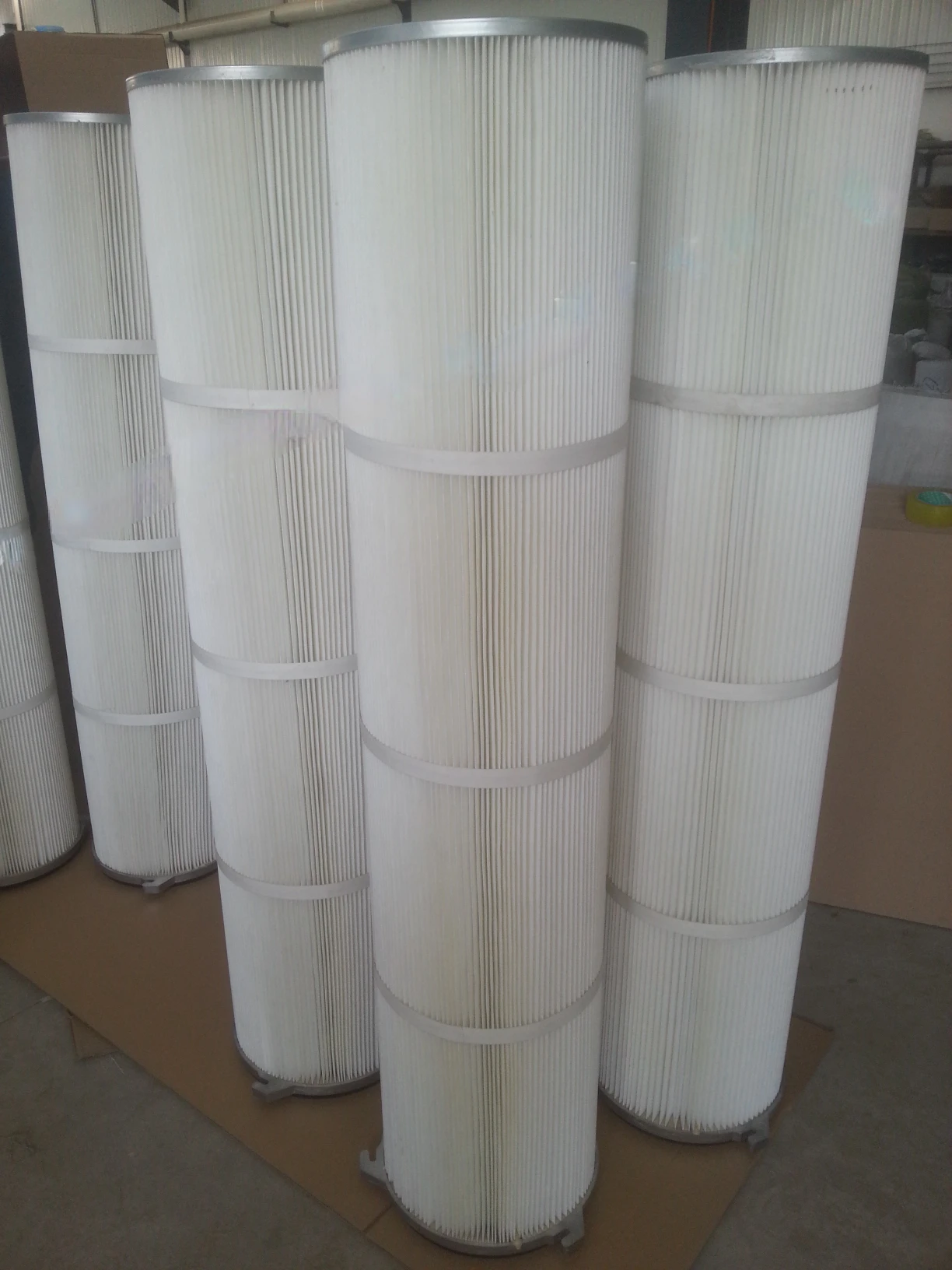
(dust collector cartridge filter)
FAQS on dust collector cartridge filter
Q: What factors should I consider when selecting a dust collector cartridge filter supplier?
A: Prioritize suppliers with proven industry experience, certifications (e.g., ISO), and customizable solutions. Ensure they offer reliable after-sales support and fast delivery times to minimize downtime.
Q: How often should a cartridge filter for a dust collector be replaced?
A: Replacement frequency depends on operational hours, dust type, and maintenance practices. Typically, filters last 6–24 months. Monitor pressure drop and airflow to determine optimal replacement intervals.
Q: What maintenance steps extend the lifespan of a dust collector cartridge filter?
A: Clean filters regularly using compressed air or pulse-jet systems. Inspect for wear, tears, or clogging, and ensure proper sealing. Store spare filters in dry, clean conditions to prevent damage.
Q: How do I install a cartridge filter in a dust collector correctly?
A: Turn off the system and depressurize it before installation. Align the filter vertically, check gaskets for tight seals, and avoid over-tightening. Follow the manufacturer’s guidelines to prevent leaks or misalignment.
Q: What advantages do cartridge filters offer over bag filters in dust collectors?
A: Cartridge filters provide higher surface area, improving filtration efficiency and airflow. They require less frequent replacement and handle finer particulates, reducing maintenance costs and downtime compared to bag filters.
-
Types and Applications of Air Filtration CartridgesNewsJul.28,2025
-
The Role of Gas Turbine FiltersNewsJul.28,2025
-
Mastering Air Filter Cartridge UseNewsJul.28,2025
-
Advanced Turbine Filters for Modern Gas TurbinesNewsJul.28,2025
-
Cellulose Air Filter Cartridge Advantages in Dust FiltrationNewsJul.28,2025
-
Cellulose Filters for Air Particle ReductionNewsJul.28,2025

 Email:
Email:
